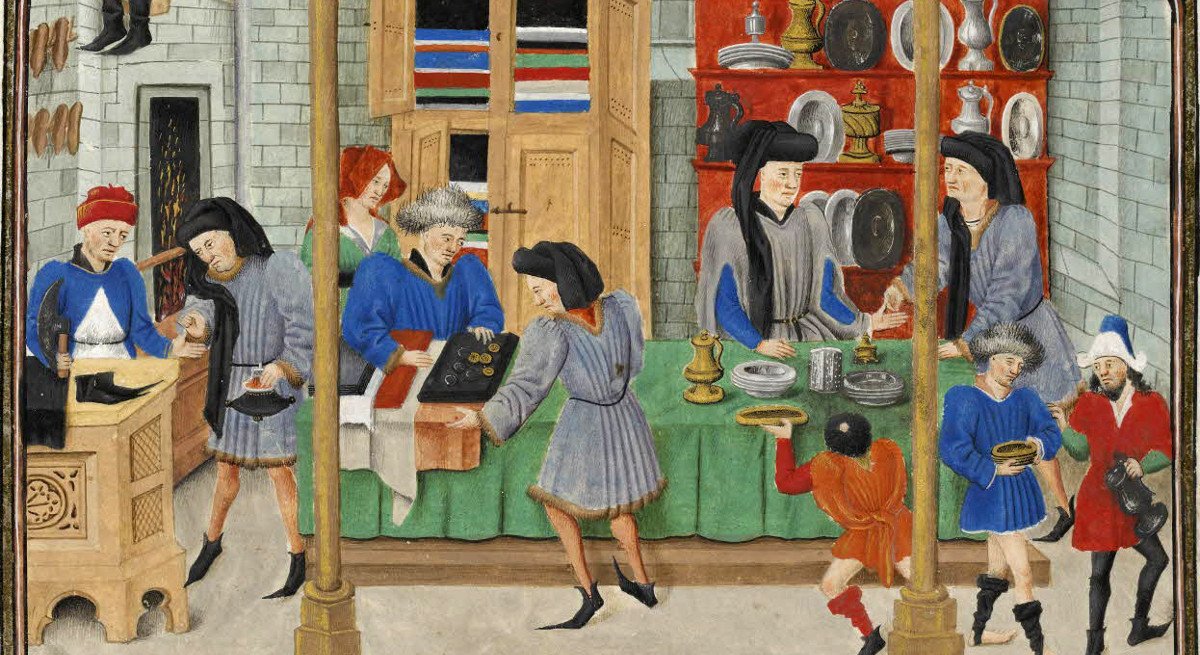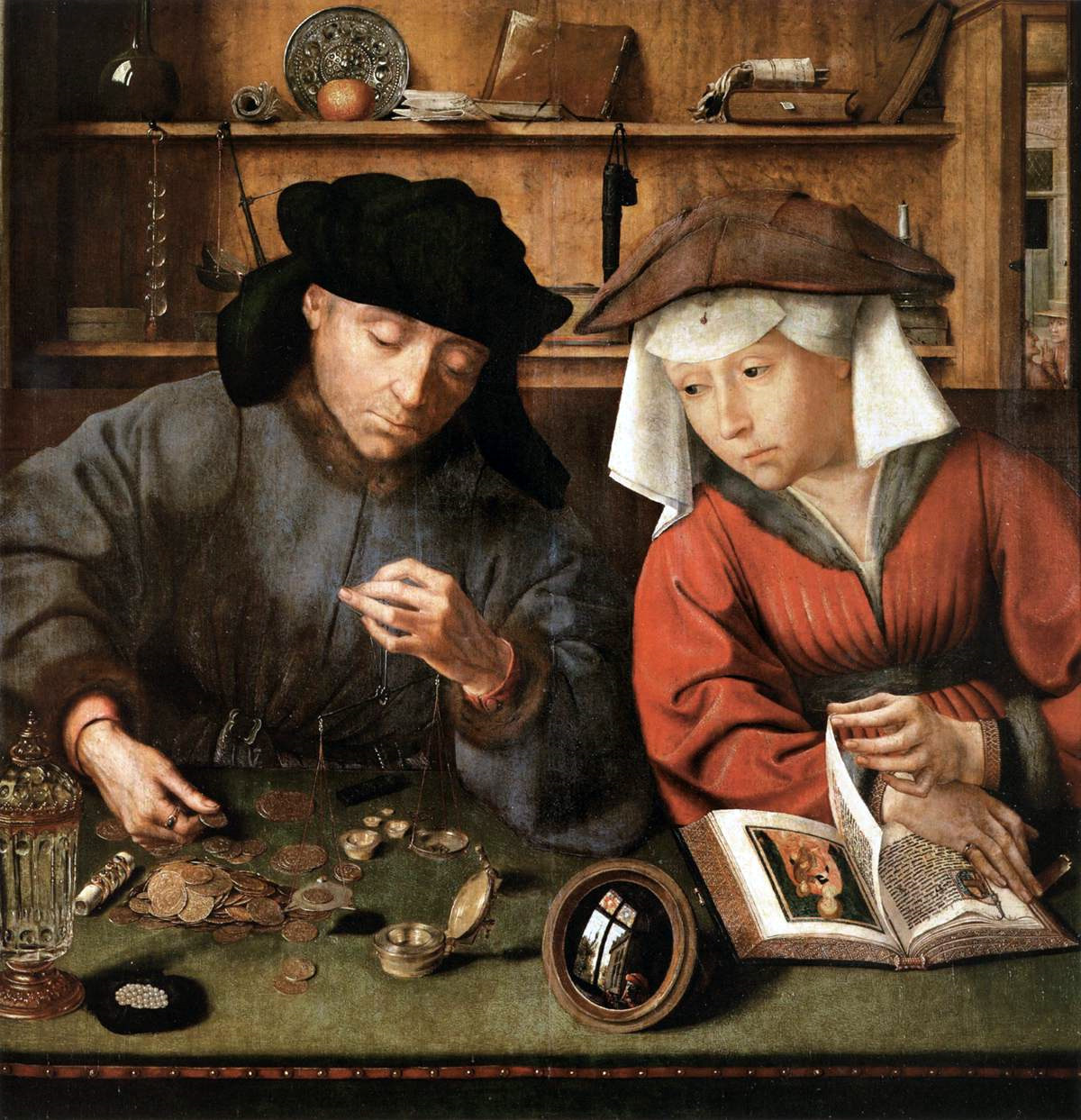Isabela Padilha
C
Christine Lin
AP European History 🇪🇺
335 resourcesSee Units
Economic Effects
The Commercial Revolution was a sweeping reform of Europe’s economic system centered around trade and developing ideas of capitalism. New innovations in banking and finance promoted growth for financial centers and the economy. Here are some important innovations in banking and finance:
- Double-entry bookkeeping - Financial trasactions began to be registered twice, as any trasaction results in someone's debit and someone else's credit. This was an important measure that revolutionized the way finance was dealt with at the time and has implications to the field until this day.
- Bank of Amsterdam - It was a Dutch Bank established in the 17th Century known to be the first modern central bank. It set the model for the other central banks that were created centuries after its creation.
- The Dutch East India Company 🇳🇱🇮🇳 - Known to be the first Multinational company of history, it was created with the purpose of facilitating economic ties between the Dutch and East Asia. It played a major role in the enrichment of the Dutch Republic.
- The British East India Company 🇬🇧🇮🇳- Similarly to the Dutch East India company, it granted a monopoly of East Asian traded goods to the English empire.
Agricultural innovation was catalyzed by the three-crop field rotation in the north and the two-crop rotation in the Mediterranean. There were also commercial innovations in the selling of crops, for example:
- Enclosure movement - It was a period in which public/collective lands began to have private owners. This measure obviously affected the poorest classes the most, as they lost lands they needed for their livelihood.
- Freehold tenure - It refers to the idea that the land owner has the property of a land for perpetuity, or rather, for an indefinite amount of time. It granted significant power to elites that were able to make profits out of a land for long periods of time.
It is possible to say that, although agriculture became more predominant and productive in Europe, these technological advancements also deepened inequality and caused great demographic transformations. 👩🌾
Western Europe gained many commodities from the New World which changed the lives of those living in Europe. Potatoes, corn, tobacco, sugar, and chocolate were all imported from the New World (through the Columbian Exchange). Gold and silver were also imported and were used as currency. Consumers now had more access to these metals, leading to inflation, especially in Spain.
This prompted the Price Revolution, which was a period of high inflation caused by the expanding market economy as a result of commercializing agriculture. Population also recovered to Pre-Plague levels, which caused uneven price increases and a generally higher cost for agricultural commodities. Living standards plummeted due to stagnant wages in an increasingly pricey economy.

Image Courtesy of The Great Courses Daily
Social Effects
With the advancing commercial and economic revolutions, tradition of hierarchy and status continued. However due to economic changes, there was a growth of a new economic elite class that grew in power and wealth.
The abundance of food also led to an increase in the population. This increase in population led to the migration from rural areas to urban centers. Cities offered opportunities for business owners and offered the idea of social mobility. Merchants, bankers, and capitalists became the middle class and grew in size and economic power.
Due to this Commercial Revolutions, Western Europe shifted to free peasantry and commercial agriculture. However, in the East, serfdom continued and nobles continued to dominate economic life on large estates. In cities, migrants challenged the merchant elites and crafted guilds to govern as a revolt to the elites.
As a response to these economic and environmental challenges for the population, events like the Little Ice age occurred which would delay marriages and childbearing. This ultimately led to a decrease in population growth and a decreased economic burden for families.
In addition, some demographic regional differences occurred in the social hirearchy system of Europe. For instance, whereas the west of Europe exhibited a free peasant class, serfdom was still codified in the east and nobles had a lot of political power there.

Image Courtesy of Wikipedia
🎥 Watch: AP European History - Medieval Europe
Browse Study Guides By Unit
🎨Unit 1 – Renaissance & Exploration
⛪️Unit 2 – Reformation
👑Unit 3 – Absolutism & Constitutionalism
🤔Unit 4 – Scientific, Philosophical, & Political Developments
🥖Unit 5 – Conflict, Crisis, & Reaction in the Late 18th Century
🚂Unit 6 – Industrialization & Its Effects
✊Unit 7 – 19th Century Perspectives & Political Developments
💣Unit 8 – 20th Century Global Conflicts
🥶Unit 9 – Cold War & Contemporary Europe
📚Study Tools
🤔Exam Skills
👉Subject Guides

Fiveable
Resources
© 2025 Fiveable Inc. All rights reserved.